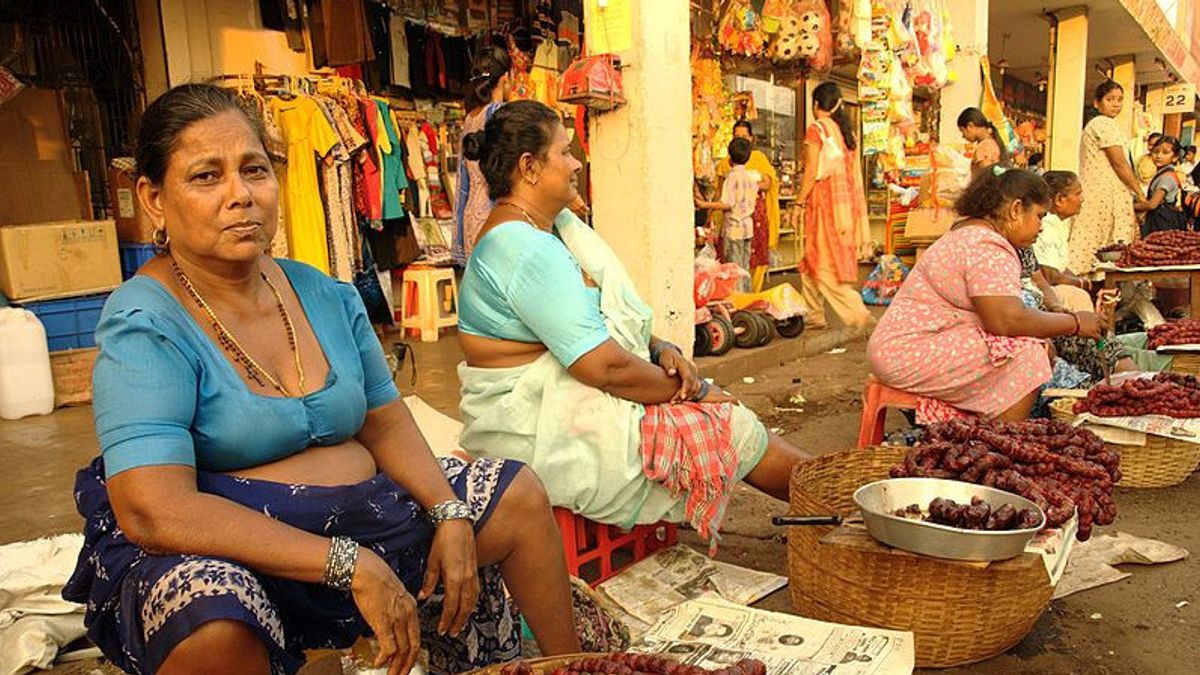JAKARTA - India broke a record of 34,956 new COVID-19 cases in just 24 hours. This record makes the number of people infected with the new corona virus there pass 1 million. Investigate the increasing number of cases in this subcontinent country because of the problem of inequality.
This number makes India the country with the third worst COVID-19 case in the world. Sadly, the country is also the one who suffers the most from the economic loss due to job losses due to the implementation of the lockup.
Launching CNN, one of the factors causing the skyrocketing COVID-19 cases in India is due to the problem of inequality. This problem can be seen from how someone who is exposed to the new corona virus gets treatment.
It cannot be denied that those with more money have easier access to care. Actor Amitabh Bachchan, for example, at the end of last week he tested positive for COVID-19. It didn't take long for him to immediately receive treatment at the isolation unit of Nanavati Hospital, Mumbai, even though his symptoms were mild.
In fact, at that time, in almost all parts of India, not a few COVID-19 patients who were critical, from among the common people, were scrambling from one hospital to another to find available beds. The reason is that India's health system is no longer accommodating the spike in COVID-19 cases. It's hard not to call this social inequality.
Not only about the unequal access to health, those who live in densely populated slums find it difficult to enforce social distancing. Not to mention the question of poor sanitation, putting them at greater risk of being exposed to the new coronavirus.
On the other hand, for India's wealthy, they could easily pay for better health care and could isolate themselves more easily without fear of strapping money or losing their jobs. This is certainly a criticism of experts. This is because India, which is a rich country, needs to evaluate how to treat informal workers who make up the majority of the country's workforce.
Inequality in India is severe. It is known that 60% of India's 1.3 billion people are considered poor, with around 21% surviving on US $ 2 per day.
The majority of them work as unskilled laborers or daily wages in various industries such as agriculture or construction. Meanwhile, in big cities, they work as rickshaw pullers, road cleaners, vegetable sellers, delivery people, and household assistants.
"They are everywhere, but we never see them as human beings, we see them as available labor at cheap and affordable prices to make our lives comfortable," said Harsh Mander, an Indian human rights activist and writer.
The poor are getting poorerThe weakening economy due to the COVID-19 pandemic also threatens the hunger crisis. How not, many of them who live barely threatened by losing their jobs due to locks. Automatically they will also find it difficult to be able to buy food.
An Indian human rights activist, Mander said the implementation of the lockdown policy did not consider the impact on the poor much. "Protection from lockdowns will never extend to the poor. To stay at home, you must first have a house, be able to do social distancing, have running water, and work that can be done from home," he said.
The signs of the pandemic's damaging effects on the economic developments that have been built in recent years to alleviate poverty are clear. One indicator is that many children in low-income families are at risk of not returning to school because of the locking effect. In addition, last month UNICEF also warned that there are 120 million children in South Asia heading to the poverty line because of COVID-19.
The English, Chinese, Japanese, Arabic, and French versions are automatically generated by the AI. So there may still be inaccuracies in translating, please always see Indonesian as our main language. (system supported by DigitalSiber.id)







